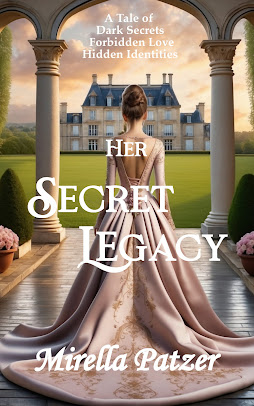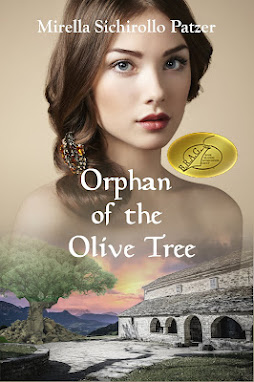19th Century
Elsa Schiaparelli (1890 - 1973)
Elsa Schiaparelli
(1890 - 1973)
"I gave to pink, the nerve of the red, a neon pink, an unreal pink"
Fashion Designer
Writer
Elsa Schiaparelli was born in Rome on the 10th of September 1890, the daughter of a Neopolitan aristocrat and a renowned scholar and curator of medieval manuscripts. As a child, Elsa studied the heavens with her astronomer uncle, Giovanni Schiaparelli, who discovered the canali of Mars.
As a young woman, she entered the University of Rome where she studied philosphy. It was during this time that she published a book of sensual poems. The poems were so risque, and shocked her parents so much, they promptly shipped her off to a convent.
Angered and rebellious at her strict surroundings, Elsa unsuccessfully went on hunger strike. Because of the wealth and lofty social status of her parents, Elsa was able to lead a life of relative comfort with many luxuries. But she wanted to rebel from this too because she believed it was wealth and luxury that smothered her creativity. She endured the convent until the age of 22 when she eagerly accepted a job as a nanny for a family in London.
While on her way to London, Elsa was invited to a ball in Paris. Having just come from the austerity of a convent, she had no ball gown. Worse yet, she had no money to purchase one either. So, ever resourceful, she purchased some dark blue fabric and wrapped it around her stylishly and pinned it in place.
While nannying in London, whenever she found a spare moment, she would attend museums and attend lectures about art and design. It was at one of these lectures that she fell in love and married Count William de Wendt de Kerlor, a Franco-Swiss theosophist.
In 1921 the couple moved to New York where Elsa immediately took to the modern city with all its cultures and businesses. While she was busy fitting in and growing ever more comfortable each day, her husband did not. He became unhappy and distanced himself from the city and Elsa. By the time their daughter, Maria Luisa Yvonne Radha de Wendt de Kerlor (nicknamed Gogo) was born, Count William had abandoned them.
Elsa found work with the owner of a French fashion boutique. While there met artists like Marcel Duchamp and Man Ray who lured her to Paris.
While in Paris, Elsa began to make her own clothes. She soon opened her own store, but it closed in 1926 despite its popularity.
In 1927 she launched a new collection of knitwear using a special double layered stitch created by Armenian refugees with surrealist trompe l'oeil images. Her first designs were featured in Vogue. But when she created a pattern that gave the impression of a scarf wrapped around the wearer's neck, her business boomed.
Following that success, she created the "pour le Sport" collection which included bathing suits, skiwear and linen dresses. Elsa created a divided skirt, a forerunner of shorts. Lili de Alvarez wore them in competition at Wimbledon in 1931 and shocked the tennis world.
In 1931, Elsa began to design evening gowns. When France declared war on Germany in 1939, Elsa toned down her designs with darker colours and camouflage print taffetas.
When Paris fell in 1940, Elsa boarded a ship and returned to New York for a lecture tour where she remained until the end of World War II.
But when she returned to Paris, it was a changed city. Fashions were much different. Elsa struggled to build her business in a city devastated by war and struggling to escape austerity. The house of Schiaparelli struggled to make ends meet until she was finally forced to close at the end of the year in 1954 when Coco Chanel, her greatest rival, returned to the business of fashion design.
At the age of 64, Elsa wrote her autobiography and then lived out a comfortable retirement between her apartment in Paris and house in Tunisia. She died on 13 November 1973.
Elsa was recognized as an innovative fashion designer. From graphic knitwear, to faniciful prints of body parts, food, and other unusual themes, she slowly gained recognition. She was the first to use brightly colored zippers, appearing first on her sportswear in 1930 and again five years later on her evening dresses. Not only was she the first designer to use brightly colored zippers, but she was also the first to have them dyed to match the material used in her garments. She was the first to create and use fanciful buttons that looked more like broaches. They came in the shapes of peanuts, bees, and even ram’s heads.
Elsa invented culottes, introduced Arab breeches, embroidered shirts, wrapped turbans, pompom-rimmed hats, barbaric belts, the “wedge,” a soled she that would trend through the 20th century and into the next, and mix-and-match sportswear, the concept of which would not be fully recognized for another forty to fifty years.
But what she is most known for, was her use of "shocking pink".
Chanel referred to her as 'that Italian artist who makes clothes'.
In 1937 Elsa designed a jacket and an evening coat embroidered with a female figure with one hand caressing the waist of the wearer, and long blonde hair cascading down one sleeve. The coat featured two profiles facing each other, creating the optical illusion of a vase of roses.
Elsa is also famous for the Lobster dress, the Tears dress, the Skeleton dress, the shoe hat.
Lobster Dress
Tear Dress
Skeleton Dress
Shoe Hat
Elsa Schiaparelli Bootees, winter 1939-40.
Pink, green, and white silk satin and leather with mother-of-pearl buttons.




























Post a Comment
2 Comments
Any strong, intelligent woman who survived those soul-killing prefeminist years deserves all our admiration.